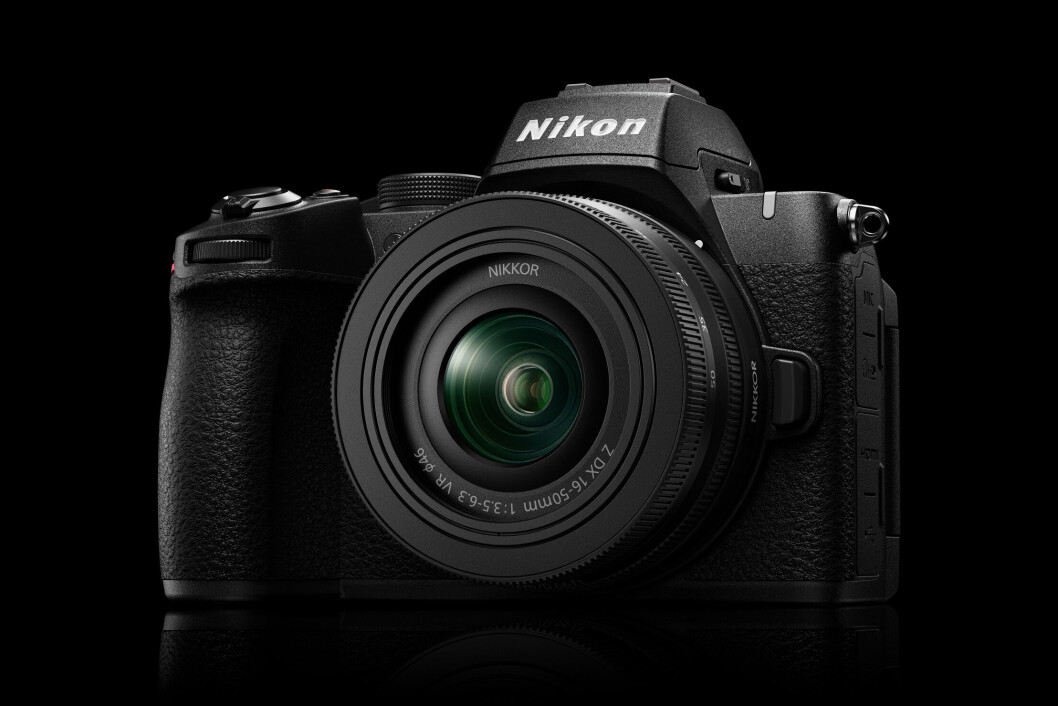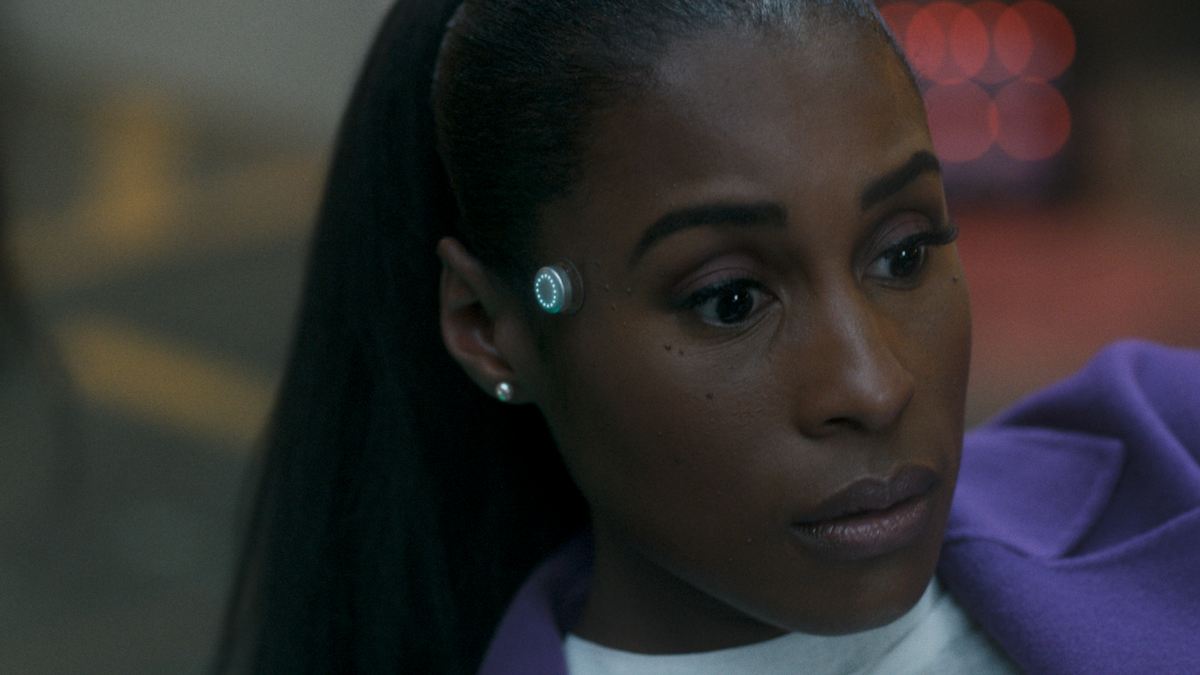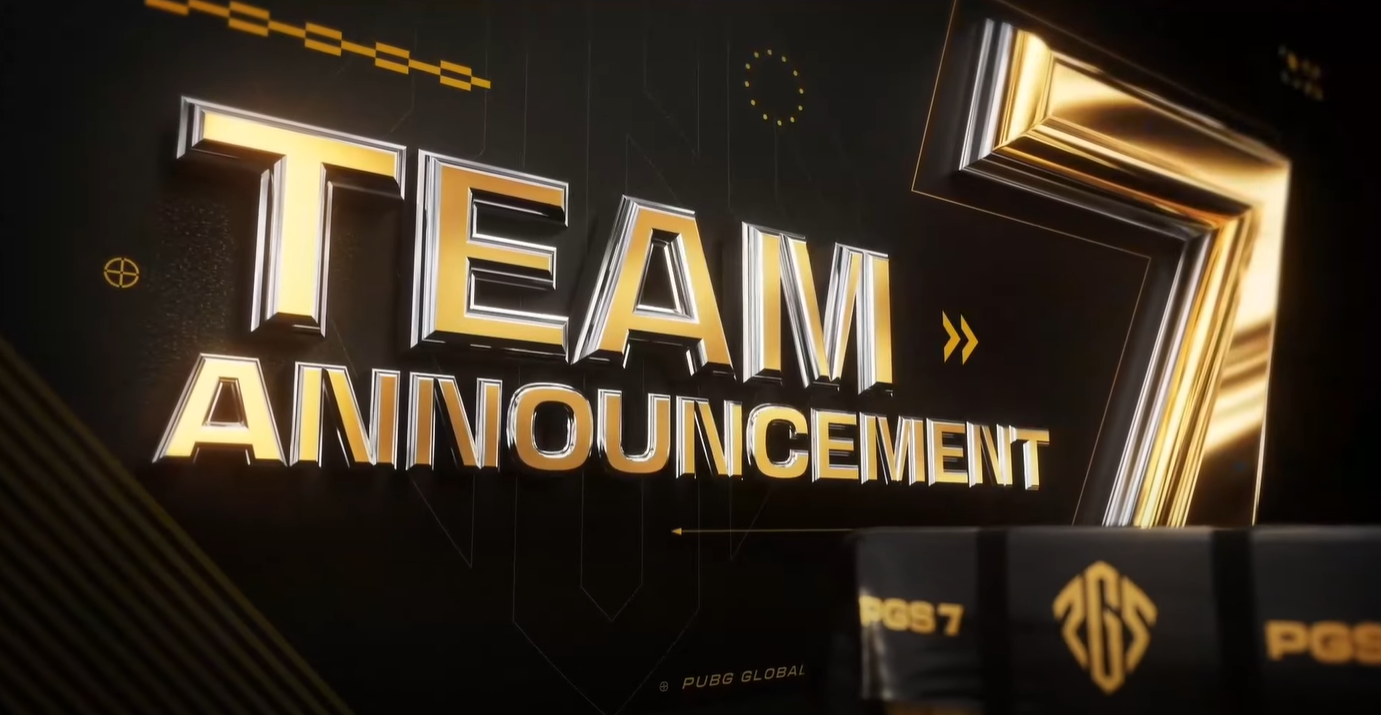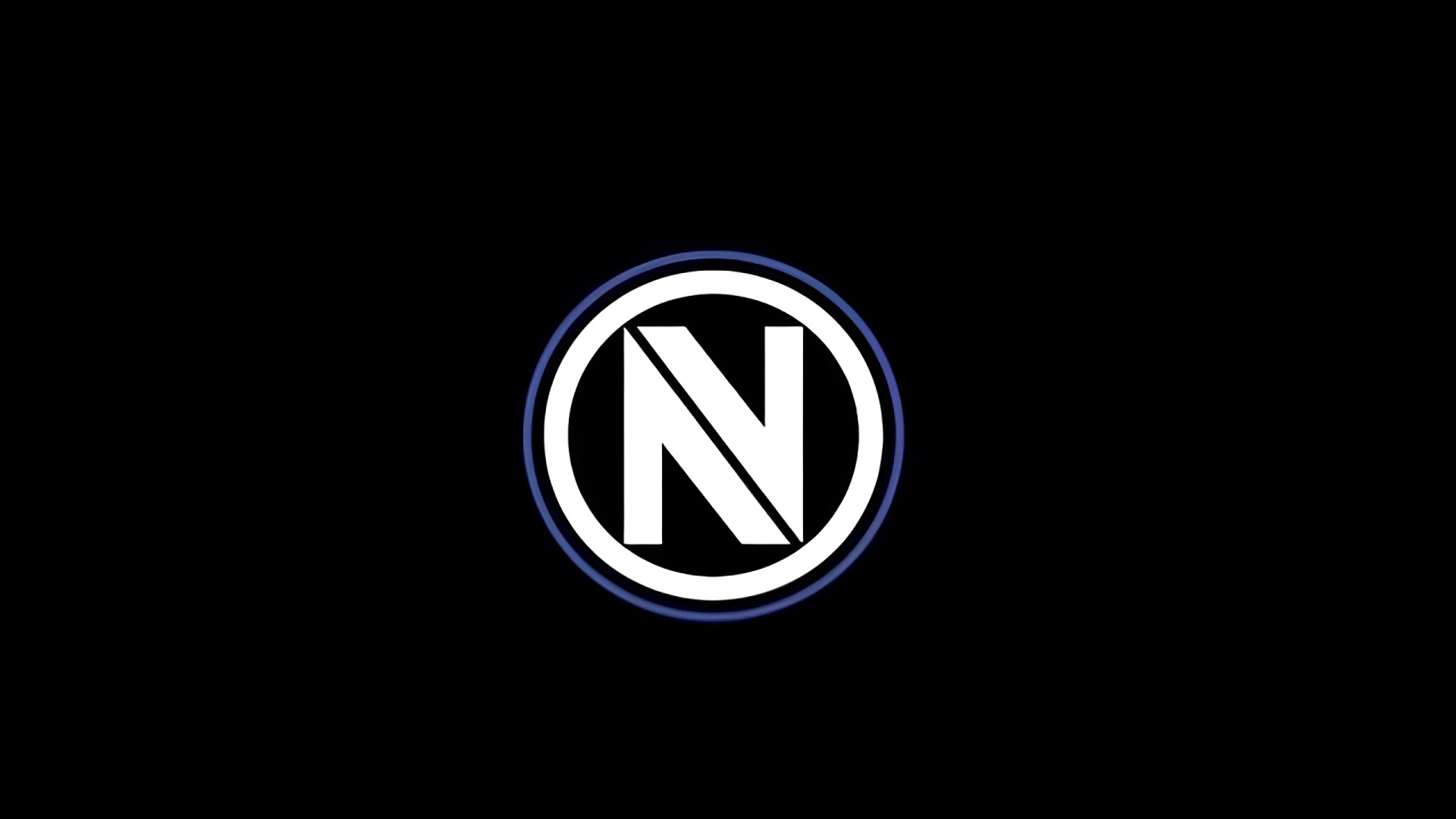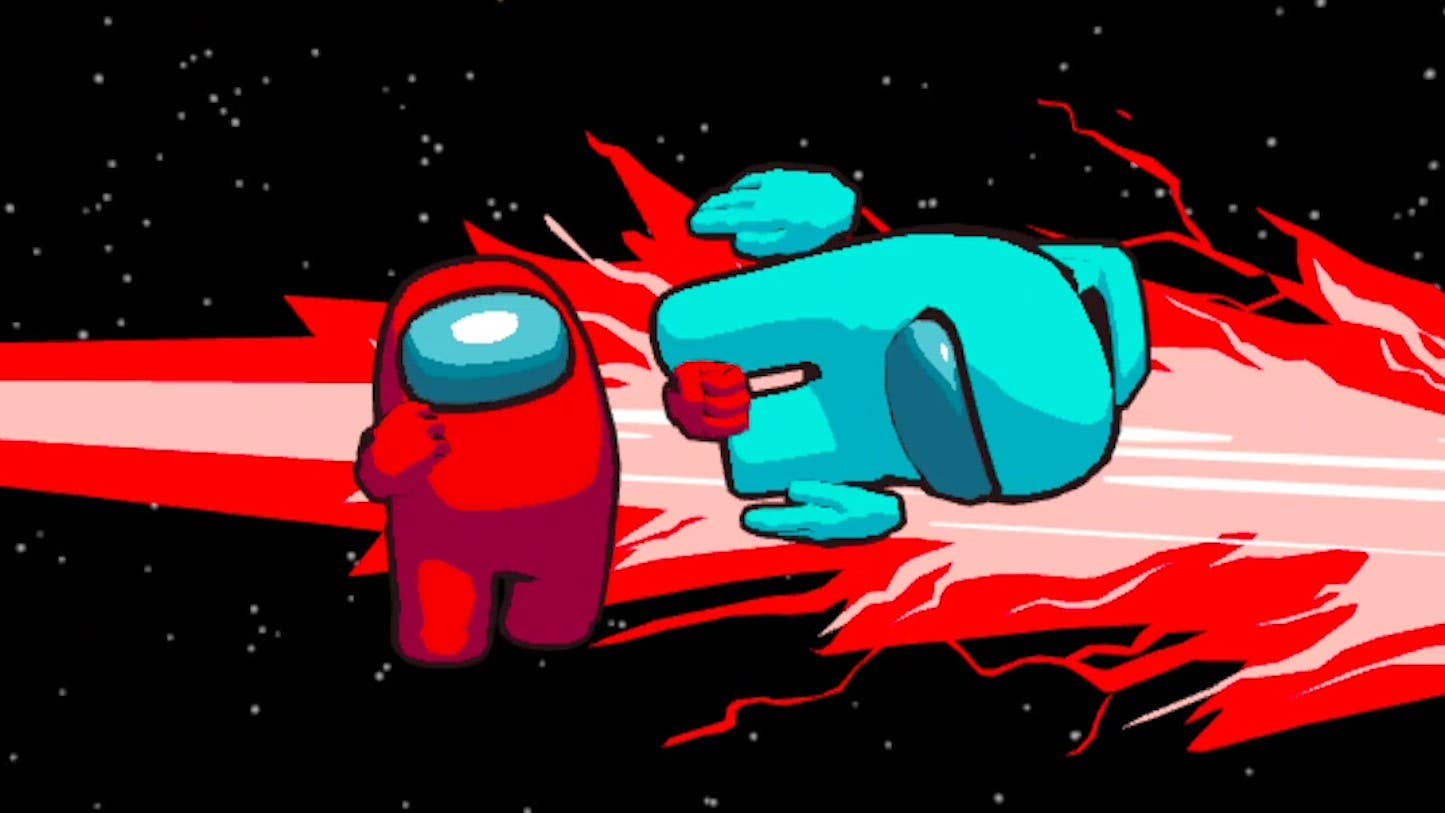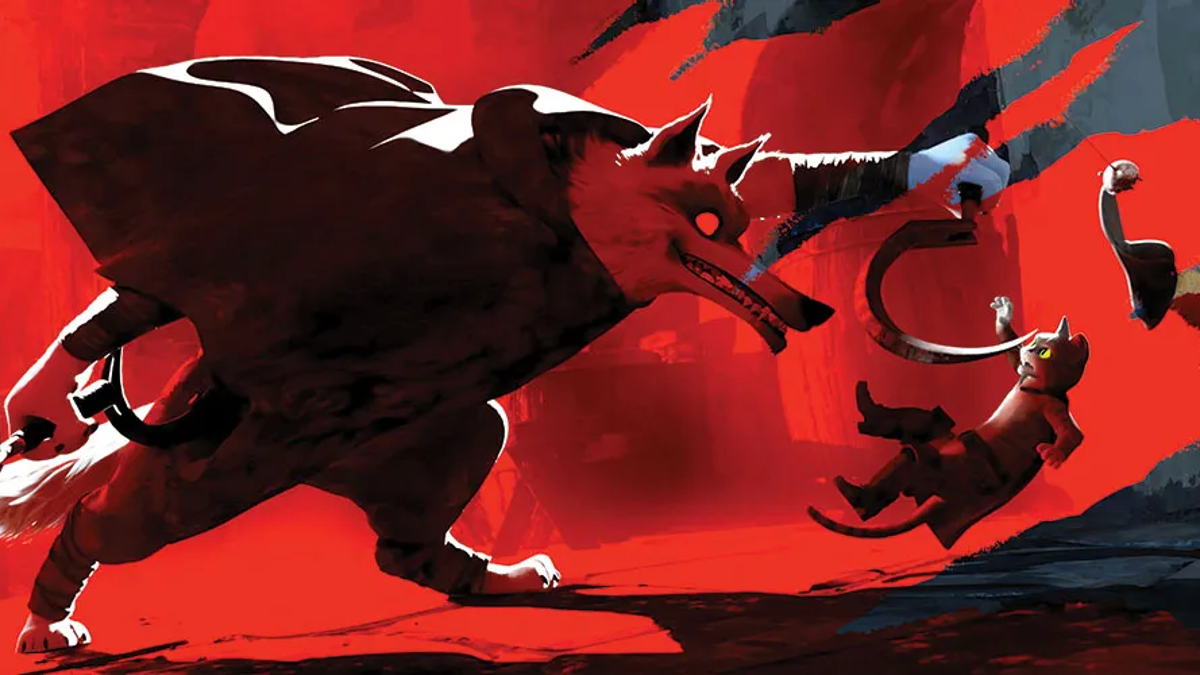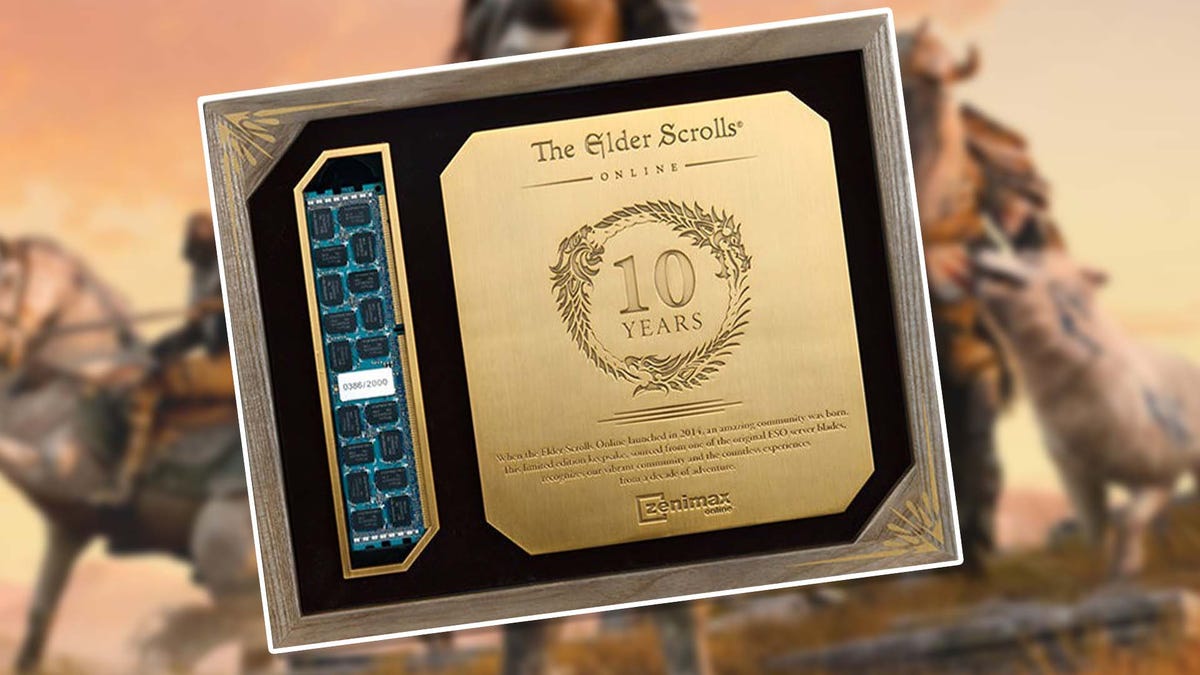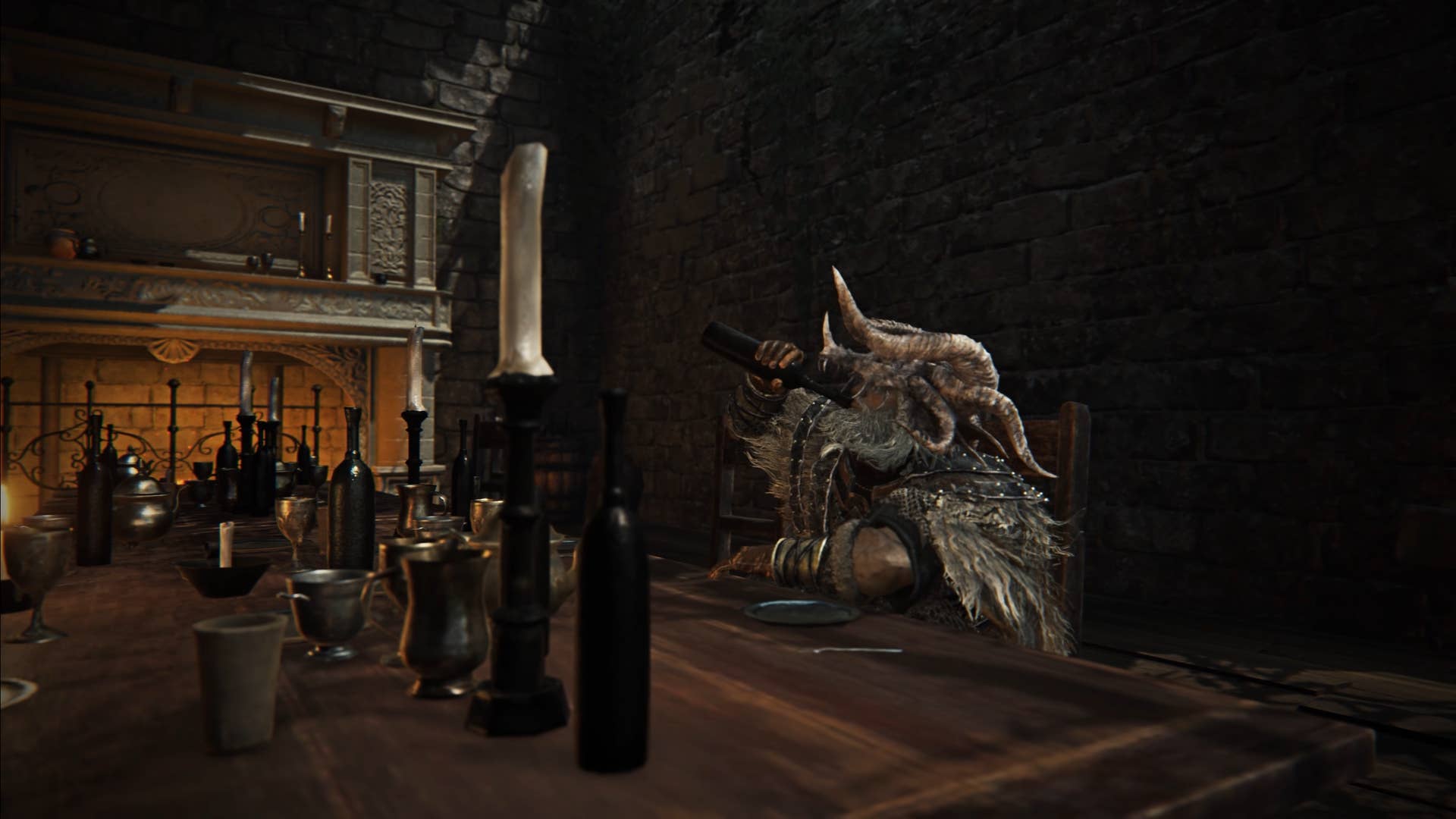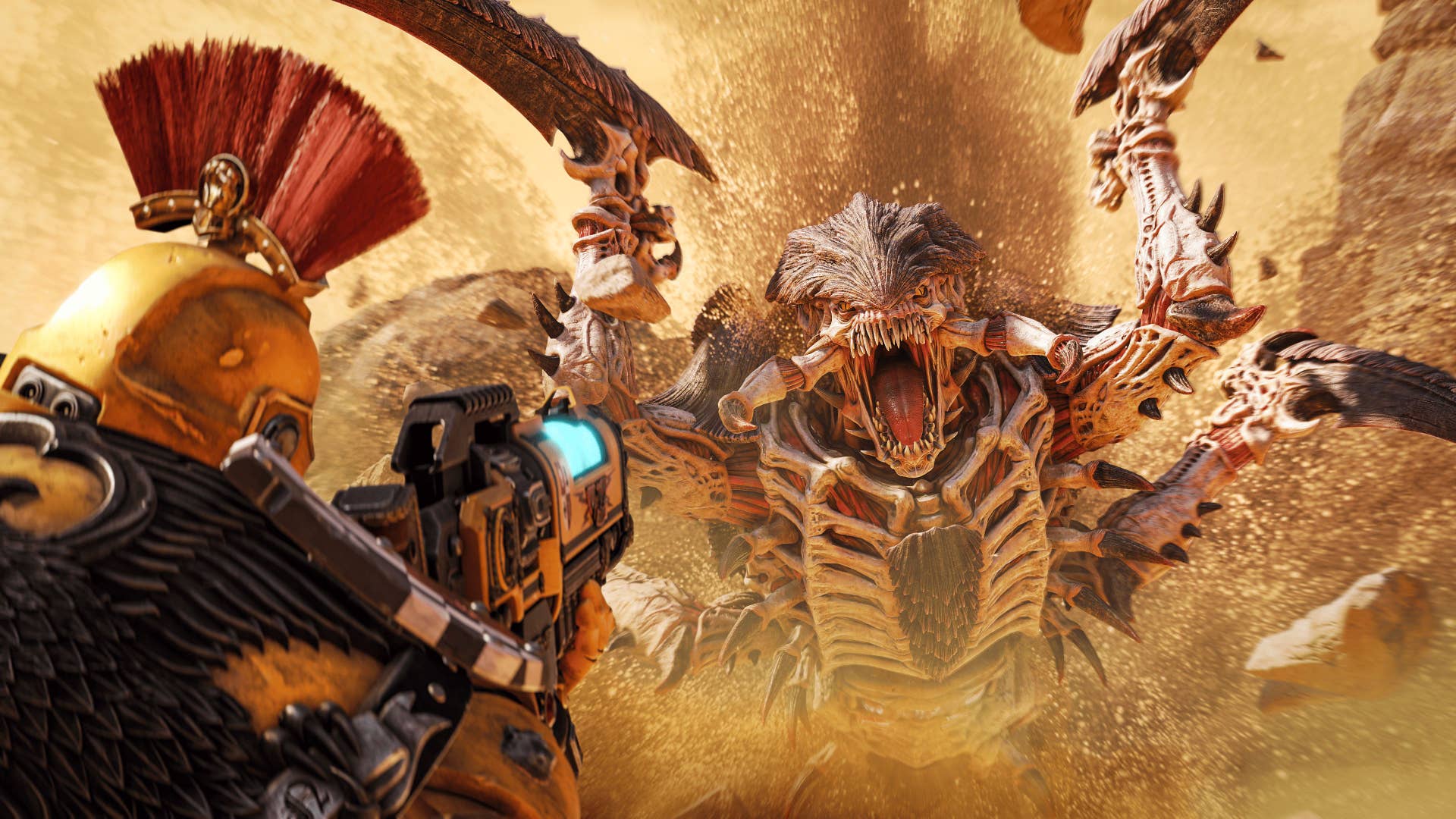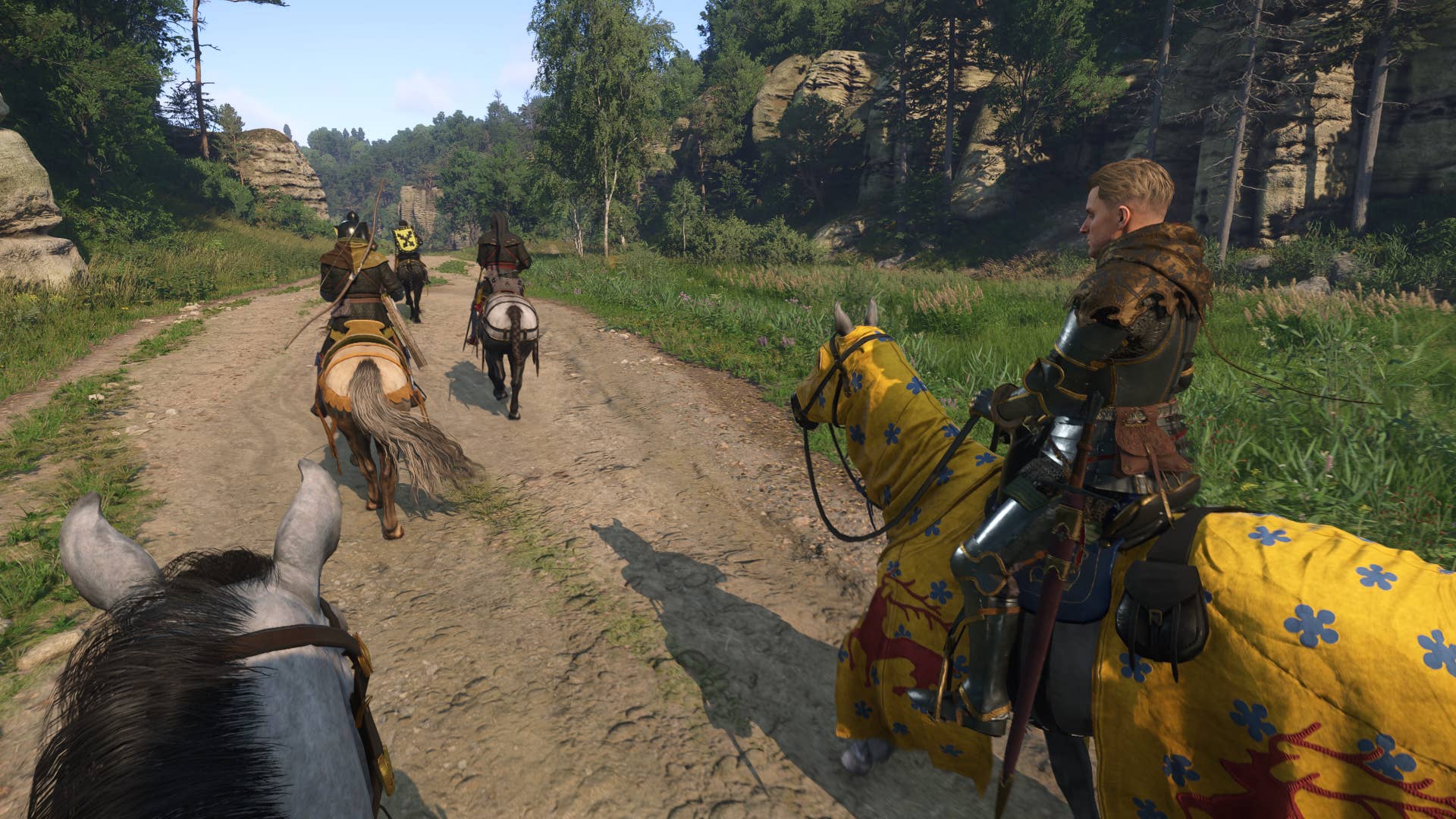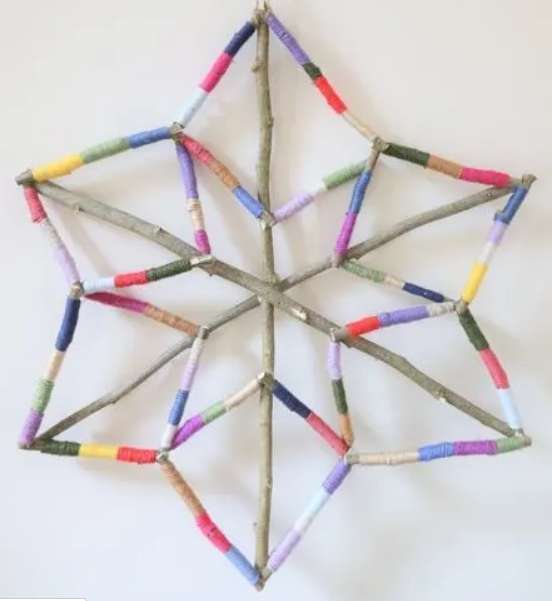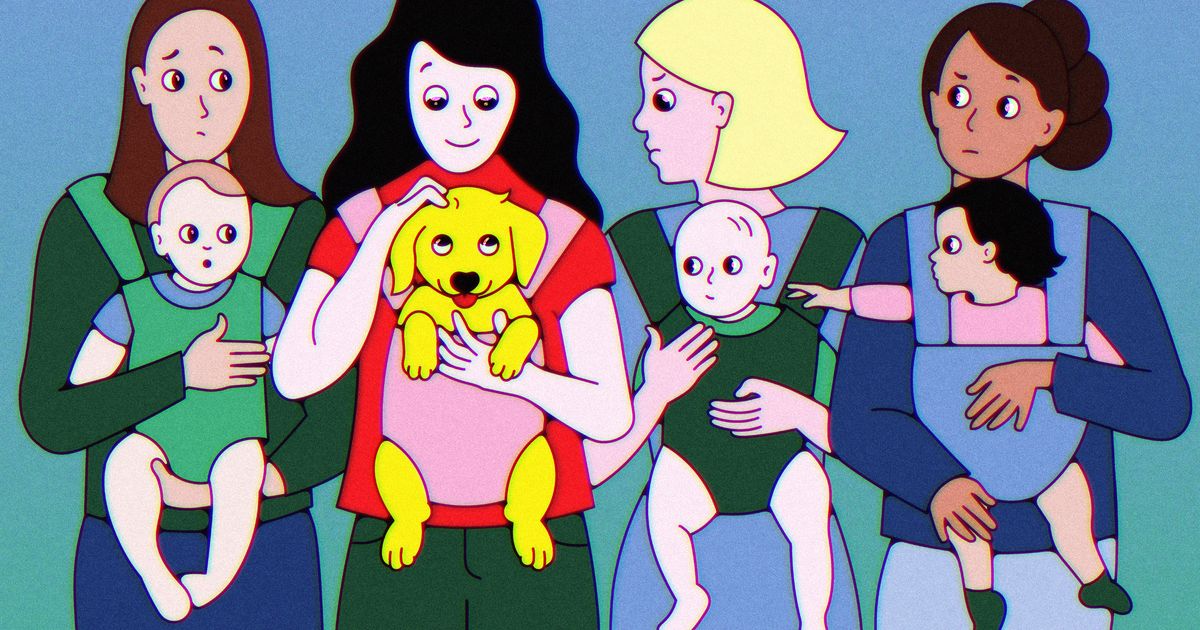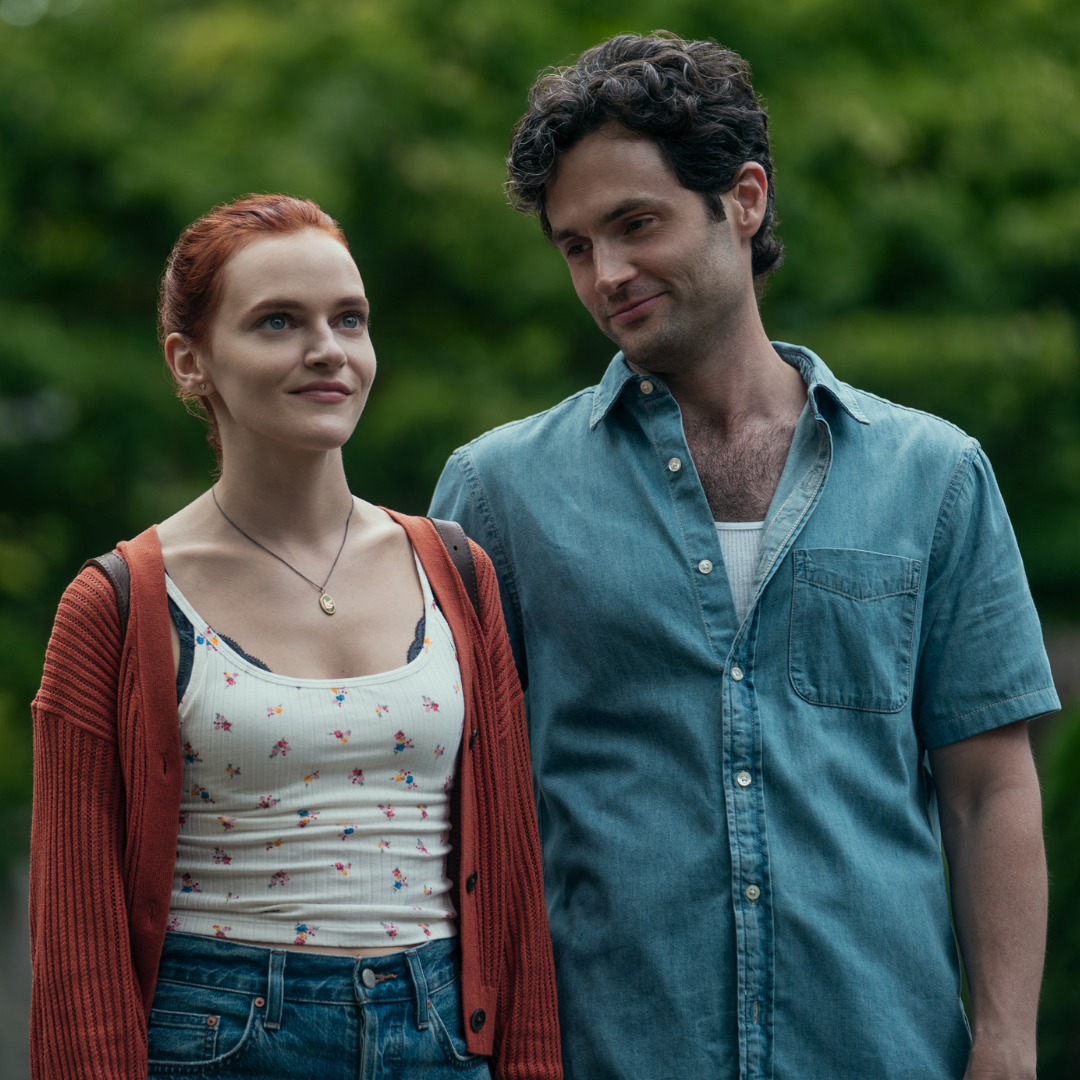Does art need to be ‘fixed’?
In 2012, Roger Ebert wrote, “I remain convinced that in principle, video games cannot be art.” The question of what is or isn’t art feels tired in 2025, but the ever-shifting defenses of why can still be intriguing. In this interview excerpt, game designer Sam Barlow and podcaster Justin McElroy explore Ebert’s reasoning for saying […]


In 2012, Roger Ebert wrote, “I remain convinced that in principle, video games cannot be art.” The question of what is or isn’t art feels tired in 2025, but the ever-shifting defenses of why can still be intriguing. In this interview excerpt, game designer Sam Barlow and podcaster Justin McElroy explore Ebert’s reasoning for saying that video games couldn’t be art: the fact that video games are, to some degree, mutable.
This interview was done in September 2024 as part of the release of our documentary The Great Game: The Making of Spycraft, about one of the most ambitious FMV games of the ’90s. You can watch the full interview above.
Sam Barlow: There was a period where, if I had a free evening and my family were out or something, and I got to choose what was on TV, I’d be like, OK, Daddy’s going to watch something cool on the television. And I would sit down, and 45 minutes later, I’m still paging through Netflix, looking at the stuff, seeing the algorithmic choices. So they’ve done a really good job of making the “browsing the shelf” experience feel very interactive. It’s personalized, right? I get different shows pushed to me. Not only do I get different shows, I get different thumbnails. The funny thing of, like — you get the stuff, right, where it’s like, the thumbnail says Godfather, and then it’s a picture of one of the female characters from The Godfather that doesn’t even have a speaking line, because the algorithm has decided, Oh, you like things with women in them; we need to push that on you.
So they’ve done all that stuff, and obviously the reason that movies and television are fixed — it’s not 100% because that’s how they work; it’s partly technology. If you were going to distribute a movie, it needed to be printed, and you needed a single master copy that was going to be printed several times, and then put in a van and driven to a movie theater, and then you’d watch it. And the structure, it was such that, well, people need to sit in a room, and the length of a movie’s kind of baked around, How many screenings can we get in the day? What’s the size of the human bladder? How uncomfortable do I feel if I’m sat in a chair for too long?
But now that everything we’re watching is being streamed directly to us, stored on a computer somewhere, things don’t have to be that way. […] I’m free-associating here, but the famous line that we got from Roger Ebert of why video games couldn’t be art was this idea that art is fixed, and is an authorial choice — and if you can change the ending, etc., it’s not art, right, was his reading of what a video game is.
My immediate dismissal of that is: Come on, Roger, you know how movies are made! You know that when Spielberg wrote this script, the ending was different, and you know that this scene wasn’t in the original script. And then when they went and filmed it, the actor showed up and improvised and tweaked it. And then you know that when they got to the editing room, decisions were made. You know that a modern, expensive movie is screened to several audiences, different cuts, and then they go and make changes. There is a fluidity in the form that — it already exists in the process. And we know that if you’re making a $200 million Marvel movie, you have to hit the “four-quadrant” audience; you’ve got to please everybody. So you’re not going to kill the dog. […] There is a conceit that if this medium was delivered one-to-one, to me as an individual, even without interactivity there would be a way of it being more calibrated.
When I was doing Telling Lies, Breaking Bad was the big show. And at the time, there was this crazy discourse around the fact that, here was a show which generally was going with the opinion that Walter White was not the best dude. And it did have its cake and eat it a little bit. But then you had the weird Breaking Bad fanboys who were just like, “Walter White rocks!!! He’s so cool! He’s the man who knocks!” And you had the weird thing where they were hating on the character of Skyler, saying, “She sucks! She’s a bad character! Ugh, we hate her!” That is kind of a product of how TV shows work. You need an A character and you need a B character, and the B character is there to provide the friction; the A character is the one whose story we’re connected to.
So if we were cutting a version of Breaking Bad for an individual audience member, and you wanted them to get the point they were missing, you could cut a version which tried to make it clear to this other audience that Walter White was a bad guy. […] All of these things are impossible to do if you’re making a single, fixed piece of network television. But if you knew who you were addressing, and you had a bit more freedom because of the way that digital works, you could do something interesting there. And so I would love to have more fluidity to how we consume our digital video. I think that’s a thing that would be really interesting — have things that lean into that subjectivity.
This is an example I always use that was really interesting to see. […] When they showed the movie The Notebook […] on Netflix in Europe, they put a cut of the movie that no one realized even existed, live on the service. And you had all these people sort of live-tweeting watching it who were all fans of The Notebook and — I’ve never actually seen The Notebook, but I believe it has a very […] moving, sad, double-hanky ending. Somehow they had uploaded a cut which actually had a happy ending, and you suddenly had all these people in real time being like, Is this a — oh, what’s the genie movie that doesn’t exist?
Justin McElroy: Kazaam.
Sam Barlow: Kazaam. Yeah, they were like, Is this a Kazaam thing? Have I Kazaam’d myself? Did I remember a different ending to this movie? Am I hallucinating? Am I having a heart attack? What’s happening? And you had this really interesting, kind of, visceral reaction based on just the assumption that video is fixed and immutable.
We’ll be running more excerpts from this conversation between Sam Barlow and Justin McElroy each weekend. Recently, they discussed the usefulness of “FMV” as a label for games, and following that, whether watching film can feel more intimate than playing a game.
The Great Game: The Making of Spycraft recently won the New York Videogame Critics Circle’s New York Game Award for Best Games Journalism.


































